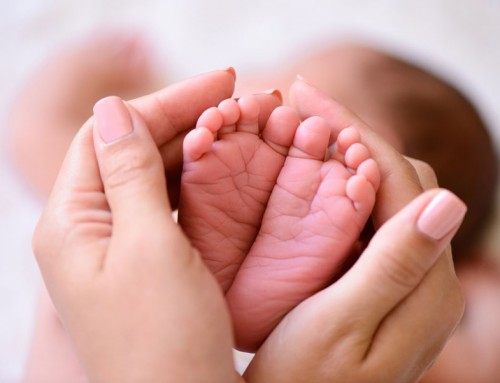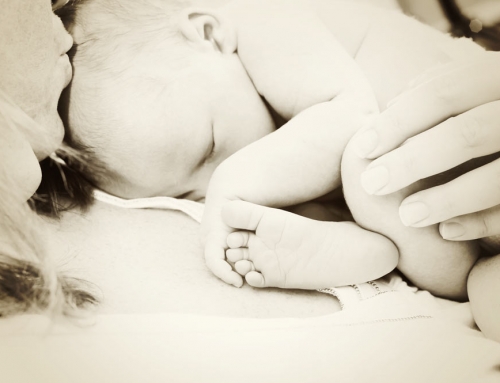Q: I have been wondering about what starts a woman’s labor, and why is it so different from one woman to another?
There are several things responsible for starting labor. For one thing, there is the baby’s readiness to be born. The baby communicates this to the mother’s system and a series of chemical changes takes place that starts the labor. Hormones are chemical messengers that tell a part of the body what to do. Hormones act on each other as well. When labor is in full swing, the interplay of hormones is said to be like a cascade, one effect flowing into another like a waterfall.
Another thing that is happening that supports the beginning of labor is that the mother’s body has been building up receptors for the hormones of labor weeks beforehand. Receptors are like the lock for the hormone key to fit into. The uterus has a lot of these for the hormone oxytocin. There are also receptors for the pain relieving hormones called beta-endorphins and the hormone prolactin that makes breast milk. For an excellent review of how hormones help us in childbirth and breastfeeding, check out Dr. Buckley’s work. Dr. Sarah J. Buckley. (2015) Hormonal Physiology of Childbearing: Evidence and Implications for Women, Babies, and Maternity Care. – www.childbirthconnection.org
There is a wide variety of ways that women enter into labor. You might have heard of women having several days of early labor, with stops and starts, before they reach the active phase of labor. Some women have a quick and definite start to their labor, or what we call in midwifery the “quick launch”. Sometimes the water bag will break before the contractions even start. And then, there are circumstances when it is recommended for labor to be induced, started artificially, or for a cesarean to be scheduled. Even when birth is scheduled, there is, in many cases, some time beforehand for the buildup of receptors for labor and breastfeeding, and early contractions that may ripen the cervix for vaginal delivery.
Oxytocin is the hormone that causes labor contractions. The brain produces it in waves. Some things can promote the production of oxytocin and some things can inhibit it. Have you ever heard of a situation in which a laboring woman arrives to the hospital having had regular, strong contractions, and then finds that her contractions have spaced out and have become weak? Adrenalin, or the stress hormone, can slow down labor down. A woman may feel stress in the transition from home to hospital. How she will cope with pain in the new environment, what she will be told when she gets there, how long the labor will last, all of these unknowns lead to stress. The increase in adrenaline may dampen oxytocin for a little while, but if the labor is fully in gear, the oxytocin will usually win out. This is one reason why we like to admit women to hospital in active labor, when labor is at that nearly unstoppable point.
Oxytocin is the love hormone. It is featured in sexual relations and intimacy, in labor and in the breastfeeding and bonding experience. Knowing this, we can understand how a sense of calm and privacy helps labor along.Company in labor is good to a point. When the mother starts feeling inhibited, over-watched, by those in the room, the oxytocin effect may become weaker. Fear can cause this as well. Guardians of the labor process are those who can bring down the level of fear and anxiety in the mother so she can carry on with her labor.
For more information visit: Lovelace Women’s Hospital – News and Events






